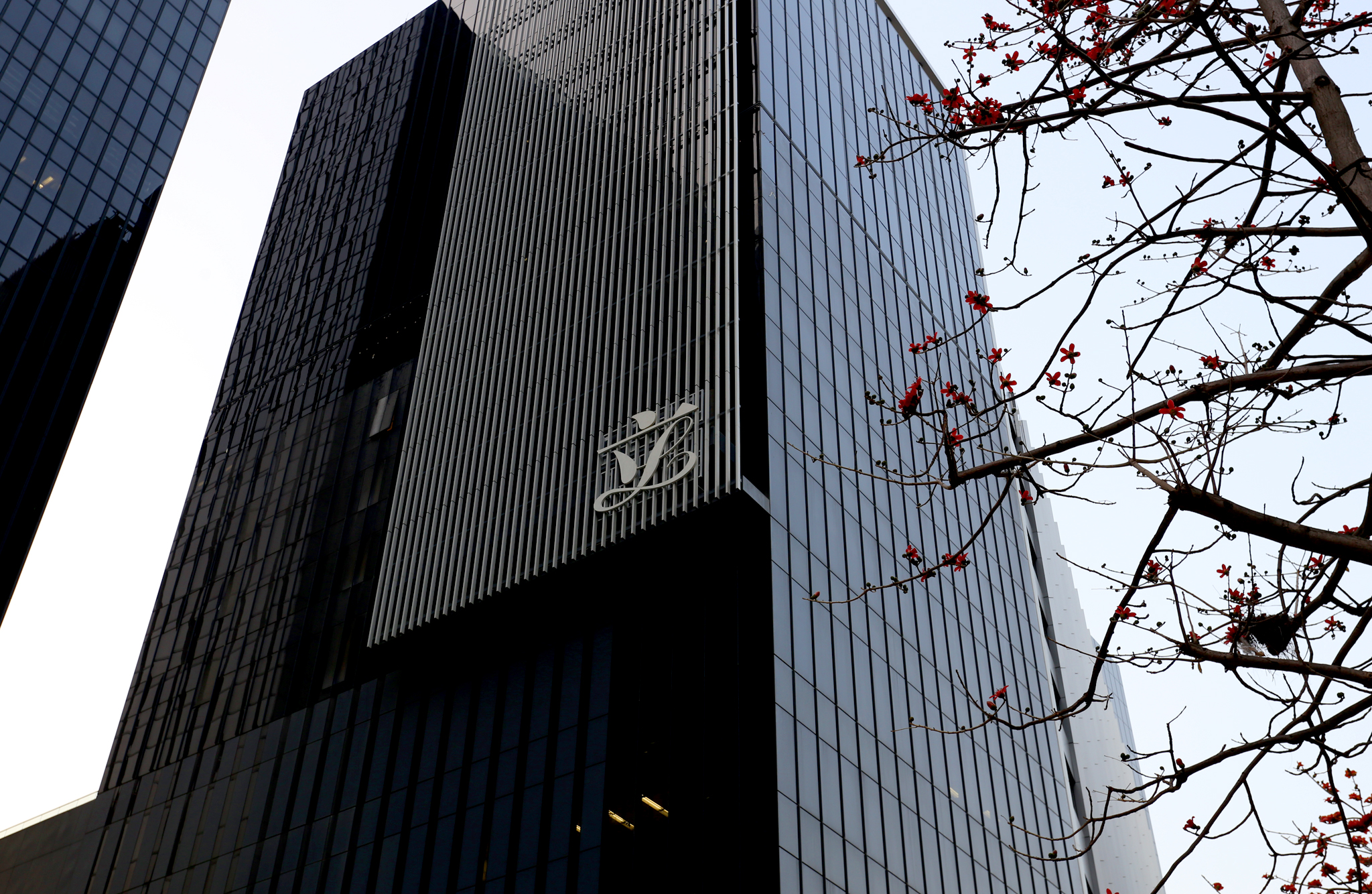
Six Election Committee subsectors will carry out by-election polls on Sept 7, with 28 eligible candidates set to compete for 21 seats.
The six contested subsectors are commercial (third); architectural, surveying, planning and landscape; technology and innovation; labour; representatives of members of Area Committees, District Fight Crime Committees, and District Fire Safety Committees of Hong Kong and Kowloon; and representatives of members of Area Committees, District Fight Crime Committees, and District Fire Safety Committees of the New Territories.
They and another 34 subsectors constitute the 1,500-strong Election Committee that is responsible for electing the chief executive and 40 out of the 90 seats in the Legislative Council (LegCo), as well for as nominating candidates for the two elections.
The Hong Kong government announced on Wednesday that the city’s LegCo, which came into office on Jan 1, 2022, will finish its four-year term on Oct 24, and the election of a new-term LegCo is schedule for Dec 7.
The Election Committee is required to fill 93 vacancies ahead of the LegCo general election.
In a statement issued on Tuesday night, the Registration and Electoral Office said five ordinary polling stations will be set up on polling day, and will adopt a combined voting arrangement — meaning a subsector voter who is also an authorized representative of another subsector can cast two votes at the same polling station.
The polling stations will be open from 9 am to 6 pm.
ALSO READ: 100 candidates for HK's EC subsector by-elections validly nominated
A briefing session for candidates will be held on Aug 18 by the Electoral Affairs Commission to help them understand the electoral arrangements and various regulations.
Apart from the six subsectors to elect new members through polls, there are 22 uncontested subsectors, of which 72 candidates are returned uncontested.
One candidate's nomination for the Heung Yee Kuk subsector was ruled invalid by the Candidate Eligibility Review Committee as he died during the nomination period.

Lau Siu-kai, a consultant to the Chinese Association of Hong Kong and Macao Studies, told China Daily that the constitution of subsectors determines that voters from one sector generally have a familiarity with the corresponding candidates.
Taking the most efficient and timesaving approach to handling the voting process deserves to be commended, and can also avoid possible conflicts caused by canvassing, said Lau.
Forming an expanded, more diversified and broadly representative Election Committee was central to the city’s electoral revamp in 2021, aimed at ensuring there would be “patriots administering Hong Kong” after social unrest had threatened the city’s stability and prosperity.
Along with its role of electing the chief executive every five years, the revamped Election Committee — expanded from 1,200 to 1,500 members — is also responsible for returning 40 lawmakers through internal voting.
READ MORE: HK's new Election Committee 'to boost effective governance'
These members form parts of the reformed 90-member LegCo, alongside 20 elected by geographic constituencies and 30 by functional constituencies.


